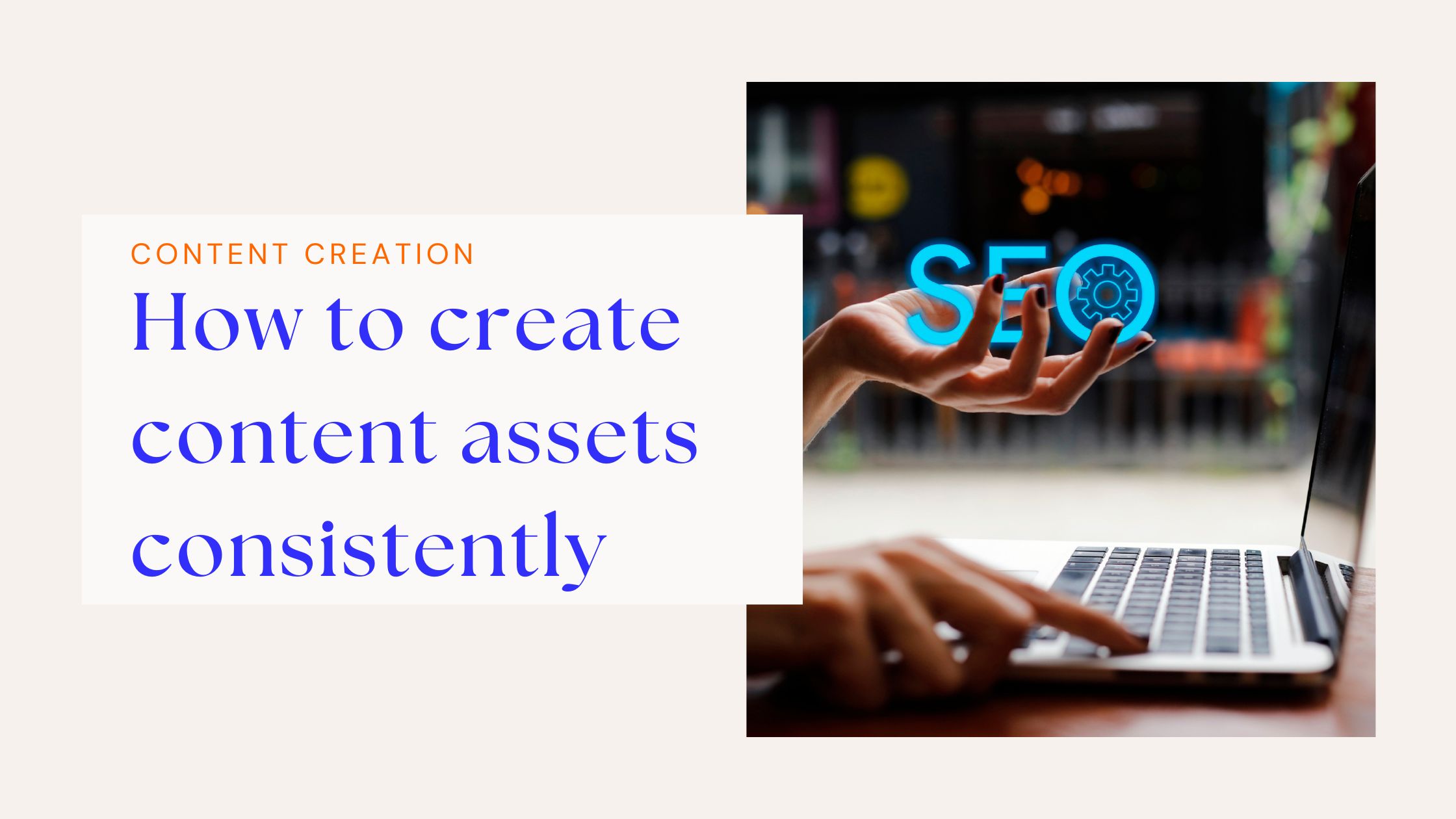Contents
1. Creating Content Assets Consistently
- Start Slowly: Building content assets takes time, effort, and budget. Start small and chip away consistently. It’s a marathon, not a sprint.
- Diversify Content Types: Consider different forms of content—blogs, videos, infographics, podcasts, etc. Spread your efforts across these different types to reach a broader audience.
- Long-term Commitment: Understand that this is a long-term investment. Stay consistent with your content creation, even if the results aren’t immediate.
2. The Importance of Backlinks
- Backlink Gap Analysis: Use tools like SEMrush’s Backlink Gap tool to compare your backlink profile with your competitors’. Identify how many referring domains your competitors have and set that as your target.
- Quality Over Quantity: Not all backlinks are created equal. A few high-quality backlinks from authoritative websites can be more effective than hundreds of mediocre ones.
- Target Competitor Links: Prioritize getting backlinks from the same sources your competitors have. This helps you to level the playing field quickly.
3. Strategies to Narrow the Backlink Gap
- Leverage Competitor’s Links:
- Identify the backlinks your competitors have.
- Register on relevant forums or contribute to the same platforms where your competitors have backlinks.
- Don’t directly drop your links; instead, contribute valuable content and naturally include your links as resources.
- Outreach and Link Acquisition:
- Use email outreach to get featured on sites or listicles where your competitors are listed.
- Send personalized emails, making your case for why you should be included.
- High Authority Links:
- Use platforms like HARO (now Connectively) to respond to journalist queries and get high-authority backlinks.
- Consider investing in services like Search Intelligence to help you acquire these links more efficiently.
- Citations and Directories:
- Use services like Lenic for citation building. This can quickly bridge the gap in referring domains by getting your business listed on various directories.
4. Content as Linkable Assets
- Create Linkable Assets: Content like data-driven articles, in-depth guides, or unique studies can attract natural backlinks.
- Leverage AI for Ideas: Use tools like ChatGPT to generate ideas for linkable content. For example, ask for “10 link bait ideas for a scuba diving company in Phuket.”
5. Converting Traffic
- Focus on Conversions: Once traffic lands on your site, ensure it converts. This means having clear CTAs, a clean design, and removing distractions like unnecessary social media links.
- Optimize Above the Fold: Ensure the most important information and CTAs are above the fold on your landing pages.
- Reduce Distractions: Avoid elements like sidebars or unnecessary menus that can divert the user from converting.
By consistently building and refining these content assets and focusing on quality backlinks, you’ll significantly improve your website’s SEO performance over time.

